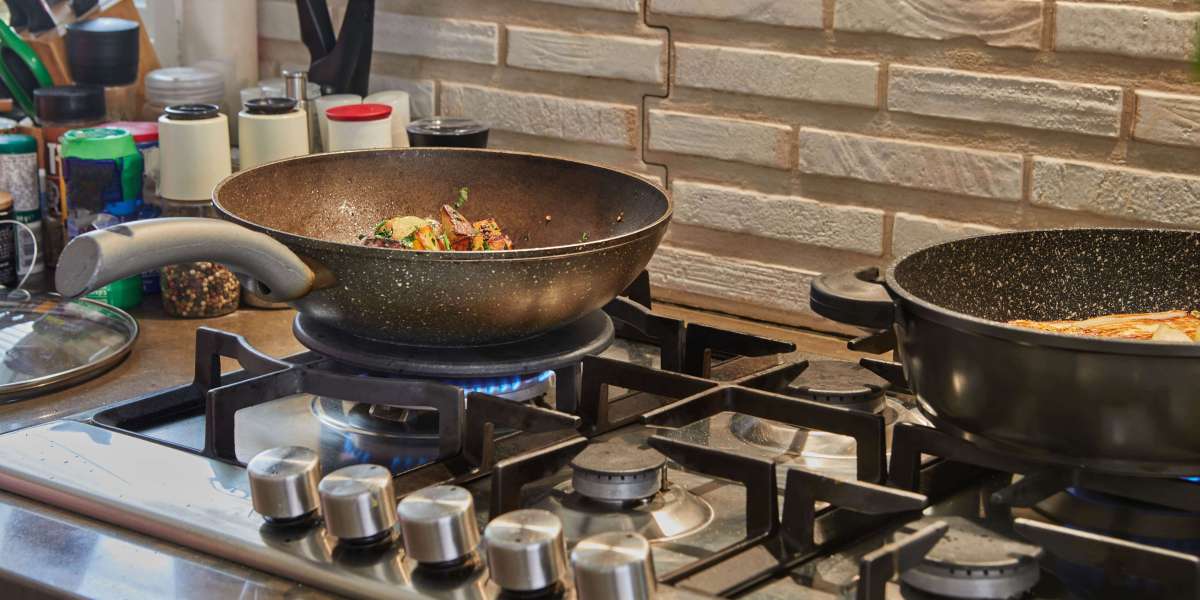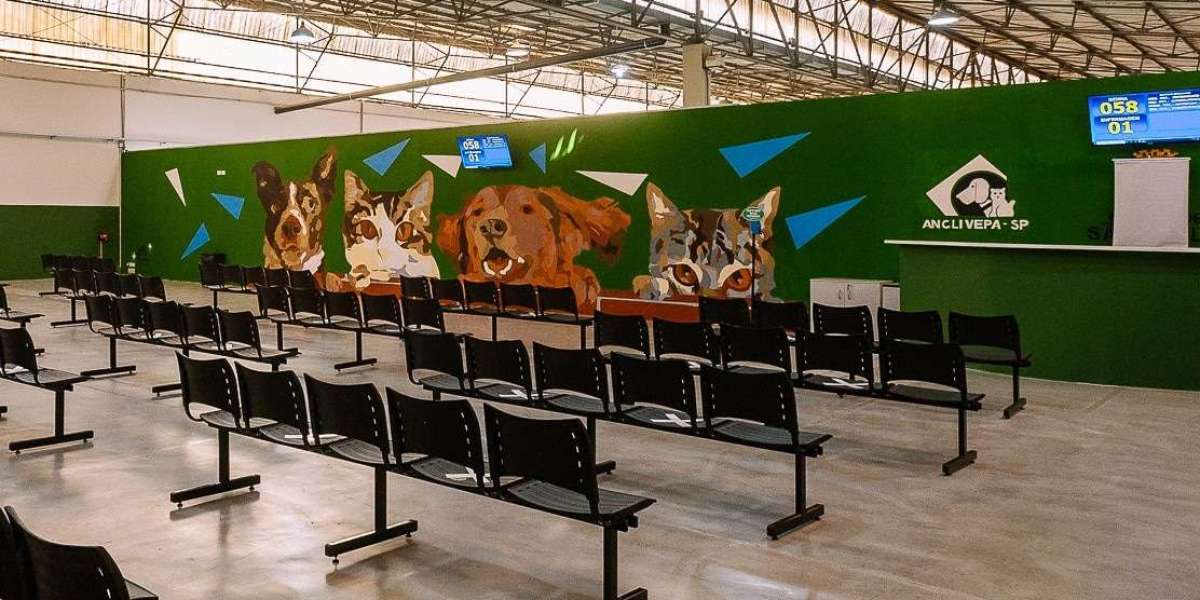In the modern world, where sustainability and cost-efficiency are paramount for businesses, the significance of effective commercial ventilation cannot be overstated. As energy prices continue to rise and businesses strive to reduce their environmental footprint, improving energy efficiency has become a top priority. One of the most significant yet often overlooked factors contributing to energy consumption in commercial buildings is the ventilation system. When properly designed, installed, and maintained, commercial ventilation systems can have a profound impact on both energy efficiency and overall indoor air quality.
Understanding Commercial Ventilation
Commercial ventilation refers to the systems and technologies used to bring fresh air into commercial spaces while removing stale air, contaminants, and excess moisture. These systems are crucial for maintaining healthy indoor air quality (IAQ), ensuring the comfort of building occupants, and meeting regulatory requirements. Depending on the size and purpose of the building, commercial ventilation systems may range from simple exhaust fans to highly sophisticated HVAC systems with heat recovery features.
The Link Between Ventilation and Energy Efficiency
At first glance, ventilation systems might seem at odds with energy efficiency. After all, ventilating a building requires energy—whether through heating or cooling the incoming air or running the fans that circulate it. However, when commercial ventilation systems are designed and operated effectively, they can help businesses save energy in several key ways:
1. Optimized Airflow Reduces Energy Waste
Poorly designed or improperly functioning ventilation systems can result in excessive air movement, leading to the overuse of heating or cooling systems. For example, if a building’s HVAC system is constantly working to condition air that is unnecessarily drawn in from the outside, it can lead to significant energy waste. Effective commercial ventilation optimizes airflow to ensure that only the necessary amount of air is exchanged, thus reducing the strain on HVAC systems and lowering energy consumption.
2. Heat Recovery Ventilation (HRV) Systems
One of the most efficient ways to improve energy efficiency in a commercial setting is by implementing Heat Recovery Ventilation (HRV) systems. HRV systems work by transferring heat from outgoing stale air to incoming fresh air, thus reducing the need for additional heating or cooling. In colder climates, this can help businesses maintain comfortable indoor temperatures without running their heating systems excessively, while in warmer climates, it helps prevent the air conditioning from overworking. By minimizing the need for additional heating or cooling, HRV systems can substantially cut energy consumption and utility costs.
3. Demand-Controlled Ventilation (DCV)
Demand-Controlled Ventilation (DCV) is another advanced feature that can drastically improve energy efficiency. DCV uses sensors to monitor the levels of CO2 or humidity in a building and adjusts the ventilation rate accordingly. For example, in a conference room or a gymnasium, the ventilation rate can be increased when the space is occupied, and reduced when the space is empty. This targeted approach to ventilation ensures that energy is used only when necessary, rather than running the ventilation system at full capacity 24/7, resulting in significant savings on energy bills.
4. Improved Indoor Air Quality
A well-maintained ventilation system can also improve indoor air quality (IAQ), which leads to fewer health problems, reduced absenteeism, and increased productivity among employees. Healthier indoor environments often mean less reliance on air conditioning or heating systems to mask discomfort. When air quality is consistently optimal, there’s less need for additional energy-consuming measures, such as overactive heating or cooling to counteract pollutants or unpleasant odors.
Cost Savings Through Energy-Efficient Ventilation
While the initial investment in an efficient commercial ventilation system may seem steep, the long-term financial benefits far outweigh the costs. Reduced energy consumption translates into lower utility bills, and in many cases, the systems themselves are eligible for energy-efficient upgrades and rebates from local utility providers. The savings in energy costs can quickly offset the upfront investment.
Moreover, the longevity of a well-maintained ventilation system can be extended when it operates at optimal efficiency, leading to fewer repairs and less frequent replacements. The overall reduction in wear and tear on HVAC systems also contributes to lower maintenance costs over the lifespan of the building.
Regulatory Compliance and Sustainability Goals
Many regions have established regulations and building codes that require commercial buildings to meet certain energy efficiency standards. By implementing modern ventilation systems, businesses can more easily comply with these regulations, avoiding potential fines or penalties. Moreover, companies that prioritize energy efficiency demonstrate their commitment to sustainability, which can enhance their brand reputation and appeal to eco-conscious consumers and investors.
Green building certifications such as LEED (Leadership in Energy and Environmental Design) often require energy-efficient ventilation systems as part of the overall sustainability strategy. Achieving such certifications can give businesses a competitive edge and unlock incentives, such as tax rebates or eligibility for government grants.
Key Considerations for Commercial Ventilation Systems
To truly harness the energy-saving potential of commercial ventilation, businesses should consider the following factors:
System Design: The design of the ventilation system should be customized to the specific needs of the building, taking into account the layout, purpose of the space, and local climate conditions. A one-size-fits-all approach often leads to inefficiencies.
Maintenance: Regular inspection and maintenance of the ventilation system are critical. Dust buildup, filter clogging, and duct leaks can all reduce system efficiency. Keeping the system in top condition ensures that it performs at its best and continues to deliver energy savings over time.
Smart Controls: Integrating smart building technologies that allow for remote monitoring and control of ventilation systems can optimize performance. These systems can adjust ventilation in real time based on occupancy patterns or environmental conditions, leading to further energy savings.
Conclusion
The impact of effective commercial ventilation on energy efficiency is undeniable. By ensuring optimal airflow, integrating heat recovery systems, utilizing demand-controlled ventilation, and maintaining excellent indoor air quality, businesses can drastically reduce their energy consumption and operational costs. Investing in advanced commercial ventilation systems not only promotes environmental sustainability but also offers significant economic benefits, creating healthier, more cost-effective working environments. As energy efficiency becomes an even more pressing concern for businesses worldwide, effective commercial ventilation will play an increasingly vital role in meeting both financial and environmental goals.










